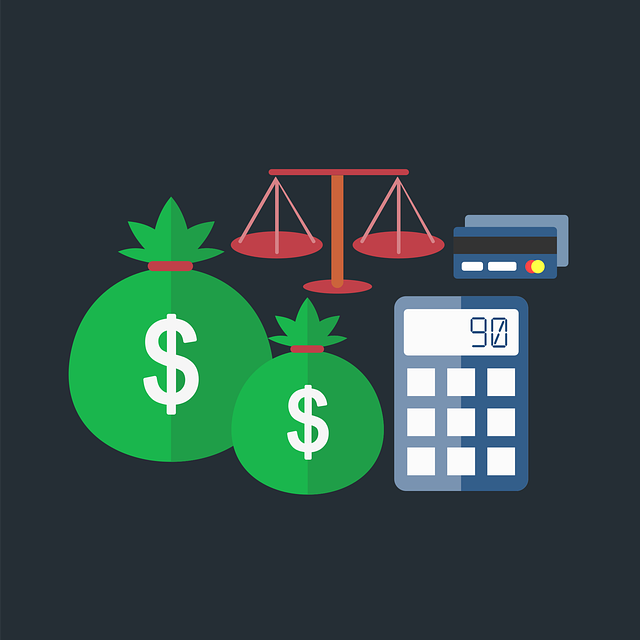Title loan interest rates, influenced by economic factors, competition, digital transformation, and regulatory scrutiny, are crucial for borrowers in Fort Worth or globally. By 2025, lenders must prioritize transparent, equitable practices to avoid exploitative rates, ensuring consumer safety while providing accessible financial support.
Are you considering a title loan but worried about sky-high interest rates? In 2025, understanding the factors behind rising costs is crucial. This article delves into the complexities of title loan interest rates, explaining the basics and exploring key influences. We also examine consumer protection measures and fair lending practices to ensure informed borrowing decisions. By the end, you’ll have a clearer picture of whether these rates are truly too high – empowering you with knowledge for wise financial choices.
- Understanding Title Loan Interest Rates: The Basics
- Factors Influencing Rate Growth in 2025
- Consumer Protection and Fair Lending Practices
Understanding Title Loan Interest Rates: The Basics

Title loan interest rates are a central component in understanding how much borrowers will pay for short-term financing. These rates are essentially the cost of borrowing money against the value of an asset, typically a vehicle. The basic structure involves a lender assessing the market value of the collateral and setting a percentage as the interest rate for the loan period. This model is designed to protect both parties—the borrower receives immediate access to emergency funding, while the lender has a guaranteed source of repayment with the vehicle serving as security.
In places like Fort Worth Loans, where demand for quick emergency funds is high, title loan interest rates can vary widely depending on several factors. These include the type and value of the collateral, the borrower’s credit history, and the specific policies of the lending institution. For borrowers seeking emergency funding, understanding these rates is crucial in making informed decisions to access the necessary financial resources while ensuring they can repay the loan without significant strain.
Factors Influencing Rate Growth in 2025

In 2025, several factors contribute to the growth of title loan interest rates. One prominent factor is the economic climate, with central bank policies and inflation playing a significant role. As monetary authorities adjust interest rates in response to economic fluctuations, these changes can directly impact the cost of borrowing for consumers seeking title loans. Additionally, the market’s demand for quick cash solutions has increased, leading to a rise in competition among lenders. This competitive environment often results in higher interest rates to offset lending risks and operational costs.
The digital transformation of the financial sector also influences rate growth. Online applications for title loans have become increasingly popular, streamlining the process but potentially introducing new fees and charges. Lenders offering remote services may factor in additional costs for online assessments, documentation verification, and customer support, which can be passed on to borrowers in the form of higher interest rates. Moreover, leveraging vehicle equity as collateral is a significant aspect driving this market, as it presents both opportunities and challenges for lenders and borrowers alike.
Consumer Protection and Fair Lending Practices

In the landscape of financial services, consumer protection and fair lending practices are paramount, especially when considering high-interest loans like title loans. The year 2025 brings new scrutiny to these rates, particularly for short-term emergency funding options such as Fort Worth loans or Semi Truck loans. Lenders have a responsibility to offer transparent terms and conditions to their borrowers, ensuring that interest rates are not exploitative or excessive.
Regulatory bodies worldwide are implementing measures to protect consumers from predatory lending practices, emphasizing the need for affordable and accessible credit. This shift in focus aims to balance the accessibility of emergency funding with the preservation of borrowers’ financial stability. By adhering to these fair lending practices, lenders can foster trust and maintain a healthy economic environment, especially for those seeking quick solutions through title loans.
In 2025, examining the affordability of title loan interest rates is paramount. By understanding the basic principles and factors driving rate fluctuations, consumers can make informed decisions. Additionally, fostering robust consumer protection and fair lending practices is essential to ensuring that title loans serve as a responsible financial option for those in need. Navigating these dynamics allows for a balanced approach, providing access to capital while safeguarding against excessive borrowing costs.






